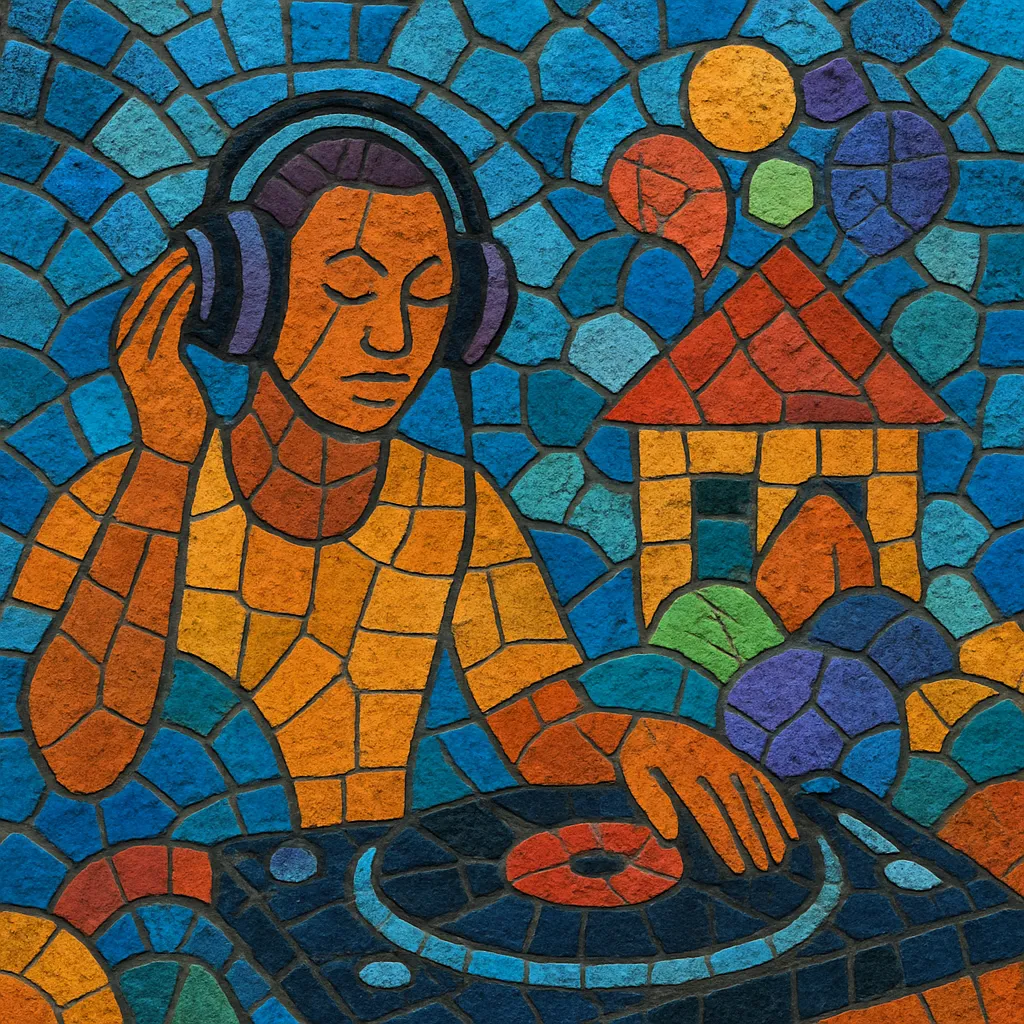Bubbling house is a Netherlands-born club style that fuses four‑on‑the‑floor house with the chopped, pitch-twisted dancehall edits of Rotterdam’s 1990s bubbling scene.
It keeps a house tempo and kick pattern but redistributes dembow and dancehall syncopations across hats, snares, and percussion, often using sirens, horn stabs, and short percussive synth leads. Vocals are typically fragmented dancehall or Caribbean acapellas, cut into rhythmic riffs and callouts.
Harmonically it is sparse and functional for the dancefloor, prioritizing groove, tension-and-release builds, and DJ-friendly structures. The overall effect is high-energy, minimal yet punchy, and distinctly Caribbean in feel despite a house framework.
Bubbling house traces its DNA to “bubbling,” a Rotterdam scene started in the early 1990s by Antillean-Dutch DJs who pitch-shifted and chopped dancehall over sped‑up beats. Pioneers such as DJ Moortje popularized the raw, loop-driven, vocal-chop aesthetic that became a local Caribbean-Dutch phenomenon.
As Dutch club culture embraced harder, minimal electro-house sonics, DJs and producers began to graft bubbling’s rhythmic edits and patois vocal riffs onto a 4/4 house grid. The resulting sound—bubbling house—kept house tempo and structure while retaining the swagger and off‑beat syncopation of dancehall.
Dirty Dutch events and Dutch electro-house brought international attention to this hybrid approach. Producers folded bubbling’s vocal chops, sirens, and dembow-inflected percussion into big-room arrangements. A slowed-down Dutch/Caribbean house track famously seeded moombahton, and the bubbling-house toolkit echoed through related festival and bass-house trends.
Today, bubbling house persists as a Dutch club staple and a production vocabulary—chopped dancehall vox, skippy snares, and lean, percussive synths—that continues to inform Dutch house, Latin-influenced club tracks, and hybrid pop-dance records.


